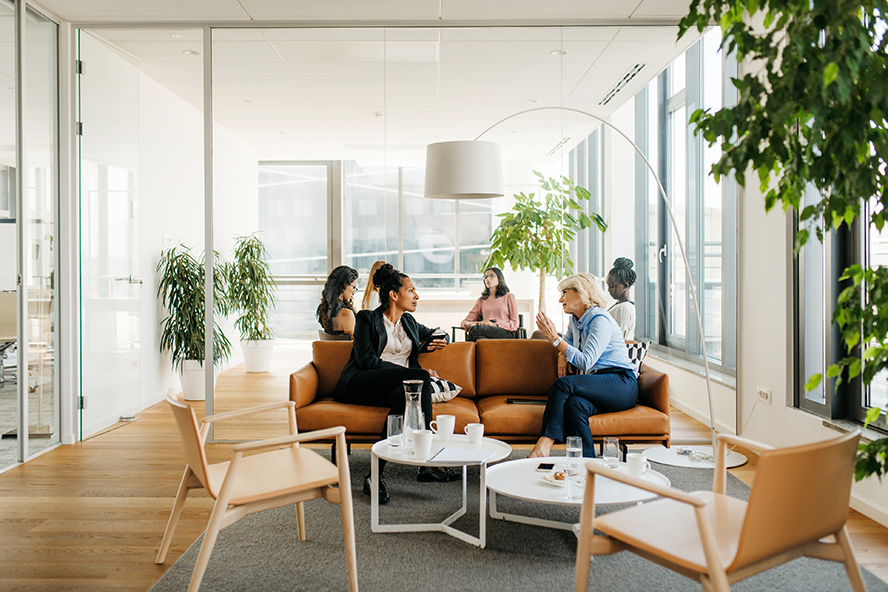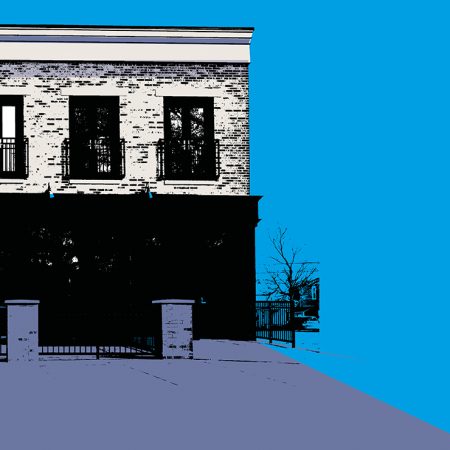The flight to quality is continuing in global office markets, as prices for top-tier buildings hold steady despite economic headwinds.
That’s the message from the latest Savills Prime Office Costs analysis (SPOC), which shows a rise in net effective costs of 1.1 per cent on average across the world’s top markets.
However, within this overall picture there are some interesting sector-specific trends. Technology is a case in point. The tech sector is going through some turbulence – ‘big tech’ has seen the main challenges, although there are pockets of growth in some locations and within specific sectors – leading some firms to reassess their CRE strategies.
While downsizing is one element of that, there is also a recognition that best-in-class office buildings can help firms meet ESG goals as well as help recruit and retain top talent.
Prime offices remain in demand
The tech sector has been on something of a roller coaster ride since the start of the pandemic, leading to diverging attitudes around the role of offices.
Some firms have given up on offices altogether, moving to an entirely virtual model. Others see offices as still core to their operations and strategy going forward. Some organisations that expanded during the pandemic are now reducing headcounts – and downsizing to save money.
But the global tech sector is diverse and while some companies are suffering a pandemic hangover, others continue to grow. All of them are in a fight for the best talent, and many are using reimagined office spaces to attract it.
These are spaces that are increasingly sustainable and sociable and place a new emphasis on human well-being and interaction.
Social spaces
The lure of the office has proved resilient in some markets. At technology companies, for example, which tend to have large Millennial and Generation Z workforces, younger employees want the opportunities for mentoring, career progression and sociability that offices provide.
But they also want flexibility, so offices are changing to meet new demands. More hotdesking means more space for meeting rooms and collaboration spaces. Prime offices must also meet new concerns around wellness, with outdoor areas, windows that open and quiet spaces, to name just three.
These are offices that feel less like traditional work spaces and more like home or a high-class hotel. In some markets they may be part of new live/work/play developments.
Rightsizing the office environment
With that in mind, we are seeing two convergent trends. Tech businesses might be reducing their office footprint and “rightsizing” to meet the needs of a hybrid workforce.
But that is freeing up money for occupiers to select top-tier office space – especially the kind of sustainable, sociable and inspiring spaces that help attract and retain the best talent.
There is a trade off here, of course. These trends are helping to support prices in the prime office market. But a flight to prime assumes a flight from less-than-prime. Anecdotally, Grade B office rents may be slipping, providing owners with some impetus to retrofit buildings with these new office essentials in mind.
At the moment, what certainty there is in the office market can be found at the top end. Prime offices are finding tenants without discounting, and the tech sector, despite challenges, is part of that take up.
With not enough top-tier, green-certified and hybrid-friendly office space to go round, and the newbuild pipeline looking slim in many cities, we expect the prime market to hold steady (with some regional variations) for the foreseeable future.
To read the full report, click here.



